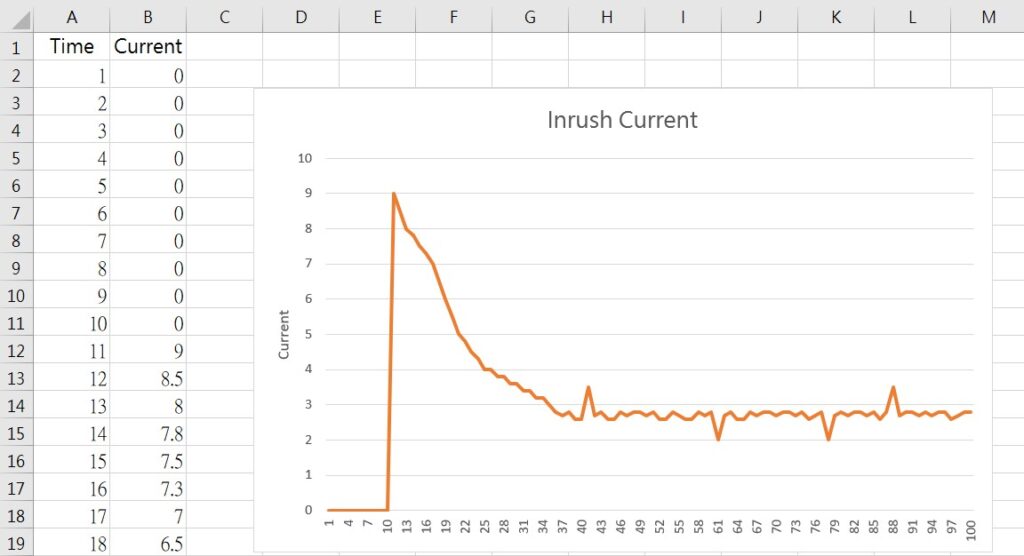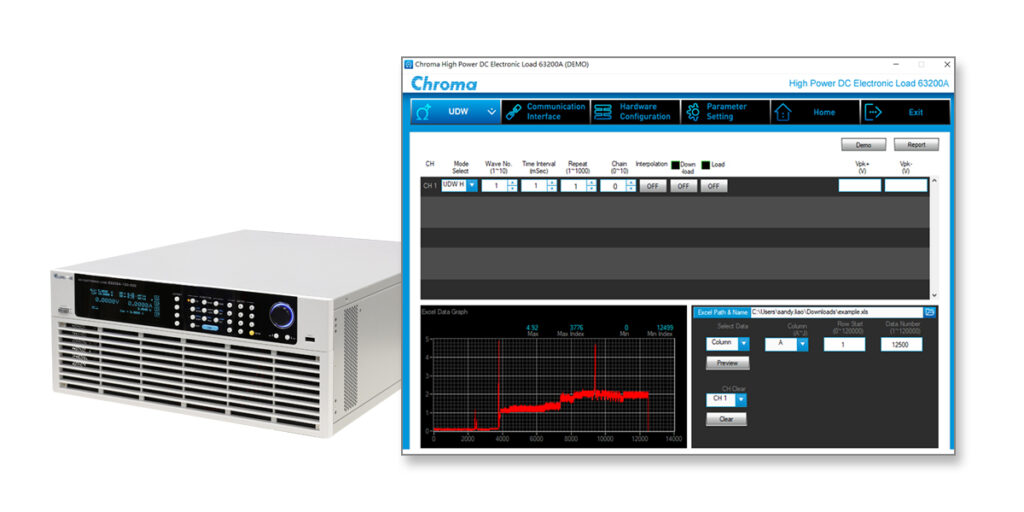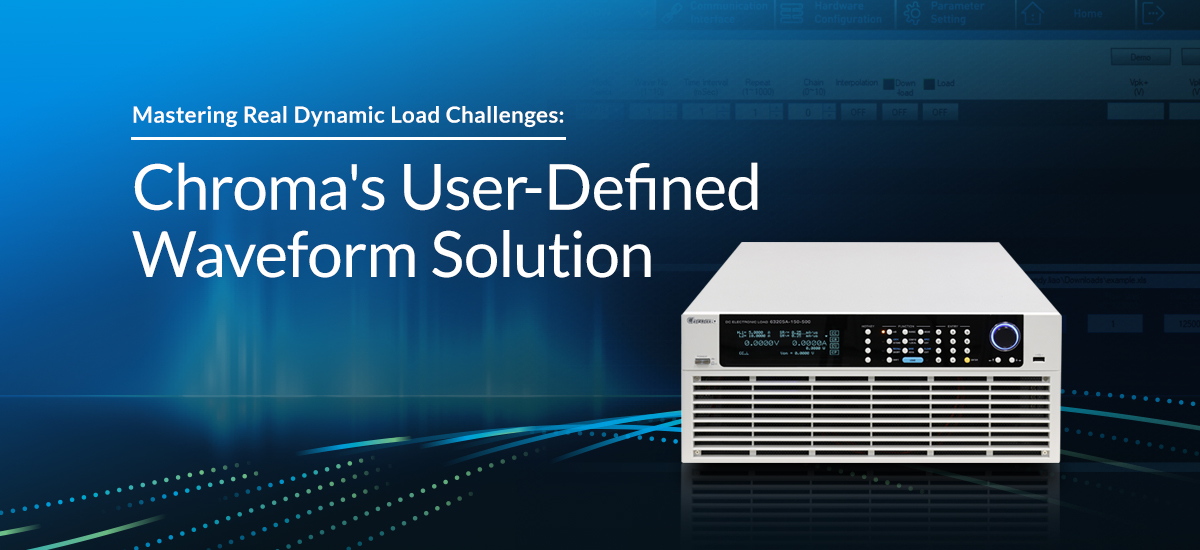In industries such as IT, electronics, and automotive, electronic loads are indispensable equipment. They are especially potent in the hands of those who know how to accurately reproduce different load scenarios by using their load’s dynamic simulation capabilities. With Chroma’s User Defined Waveform (UDW) feature, users gain greater flexibility in development and testing when using Chroma DC Electronic Loads. The UDW function enables users to create and use a wide range of current waveforms to simulate specific load scenarios. This allows for highly accurate product testing, ensuring reliable performance under various conditions.
Transient response testing is a basic requirement for power supply testing. Sudden changes in load current can cause the output voltage to be too high or too low, resulting in system malfunction or damage to components. Typically, test engineers perform this test using the load’s constant current dynamic (CCD) load mode. However, this mode of operation is limited to changes in two current values. If there is a surge current between those two values, the test cannot be performed. Using programmable sequences is also an option, but it comes with its own drawbacks, such as the complexity of editing multi-stage load current processes and inconvenient operation.

Now, with Chroma’s User Defined Waveform feature, users are no longer restricted by these conditions when simulating and verifying the dynamic response of power supplies and control systems. Users can capture real current waveforms with an oscilloscope and replicate them on the electronic load. They can simulate the surge current generated during the startup of a power supply, for example. Or conduct repeated tests to simulate current waveform changes in various scenarios, such as when a computer is turned on and off to test for system crashes. By providing a new level of flexibility, the UDW function is a powerful aid in product development, testing, and validation.

Take, for instance, testing the tolerance of a battery to surge currents generated during the startup of an electric motor, where poor battery performance may reduce battery cycle life or even cause damage. By first capturing real surge current waveforms with an oscilloscope and then using Chroma 63200A’s SoftPanel software to restore and simulate the files (see Figure 1), users can accurately reproduce the captured waveforms and conduct repeated tests for comprehensive validation.
